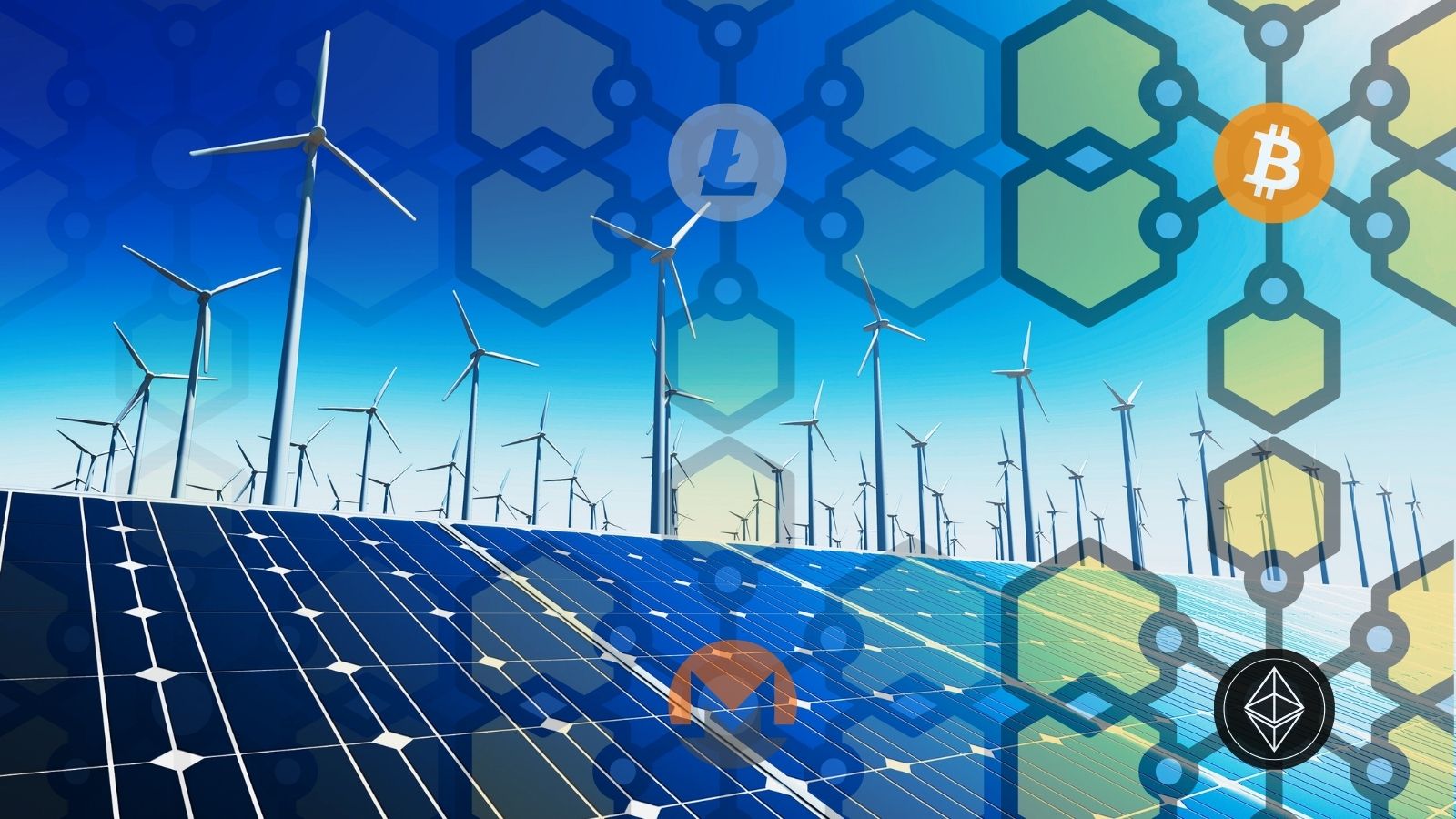
Blockchain and Renewables have been developing a love hate relationship over the past few years. On one hand, blockchain technologies are known for their massive consumption of energy for, what seems to some, nothing but an imaginary ledger. This massive consumption goes against everything renewables stand for. On the other hand, blockchain can be valuable to renewables and the renewables market. Renewables and Blockchain technology could even have a symbiotic relationship. Here is a short list of the many ways blockchain and renewables could find synergy.
- A blockchain can be used to track and verify energy transactions in a secure manner as well as automate much of the processes. Using smart contracts would allow for a multitude of automated transactions, Power Purchase Agreements (PPAs), and Interconnection Agreements (IAs). The immediate usefulness of such contracts would allow much of the cost of broker operations to be reduced and passed to the consumer and provider. These sorts of contracts combined with powerful blockchain secure Application Program Interfaces (APIs) and secure SCADAs and transfer switches could, with a bit of imagination, automate and secure renewable energy transfers and allocation. The possibilities for blockchain and renewables in this area are immense and largely untapped.
- The most obvious of this list is self-sufficient blockchain mining. Renewable backed cryptocurrencies have grown in demand over the past year. So much so that market prices tend to fluctuate largely just on news of the clean (or unclean) use of certain tokens and chains. Each currency is often weighed by its cost in carbon emissions and either pushed as a credible option, or rallied against, driving prices up or down, respectively. Many blockchain users and brokers are already feeling their way around the market looking for viable ways to mine blockchains and still respect the green movement.
- In light of the previous two examples, a type of energy storage credit could be made to help offset the carbon costs of doing business. A currency could be created to track someone’s use of a renewable site while the blockchain lessens its own load to accommodate and match the site’s renewable energy generation. These tokens could be used like carbon credits or social bragging rights.
These are just a few of the ways blockchain technology and renewables can help each other thrive. A bonus thought for the readers is blockchain demand response. The number of grid ancillary services that could be provided by blockchain technology is massive. Anywhere from being able to create and remove massive load instantly – allowing grid response to many situations – to responding to minute frequency events and thereby supplementing other possible grid needs. Though, addressing grid ancillary services able to be provided by blockchain technology may be digging too deep for this blog. The possibilities are, like all the other scenarios presented, vast and it’s worth mentioning.
